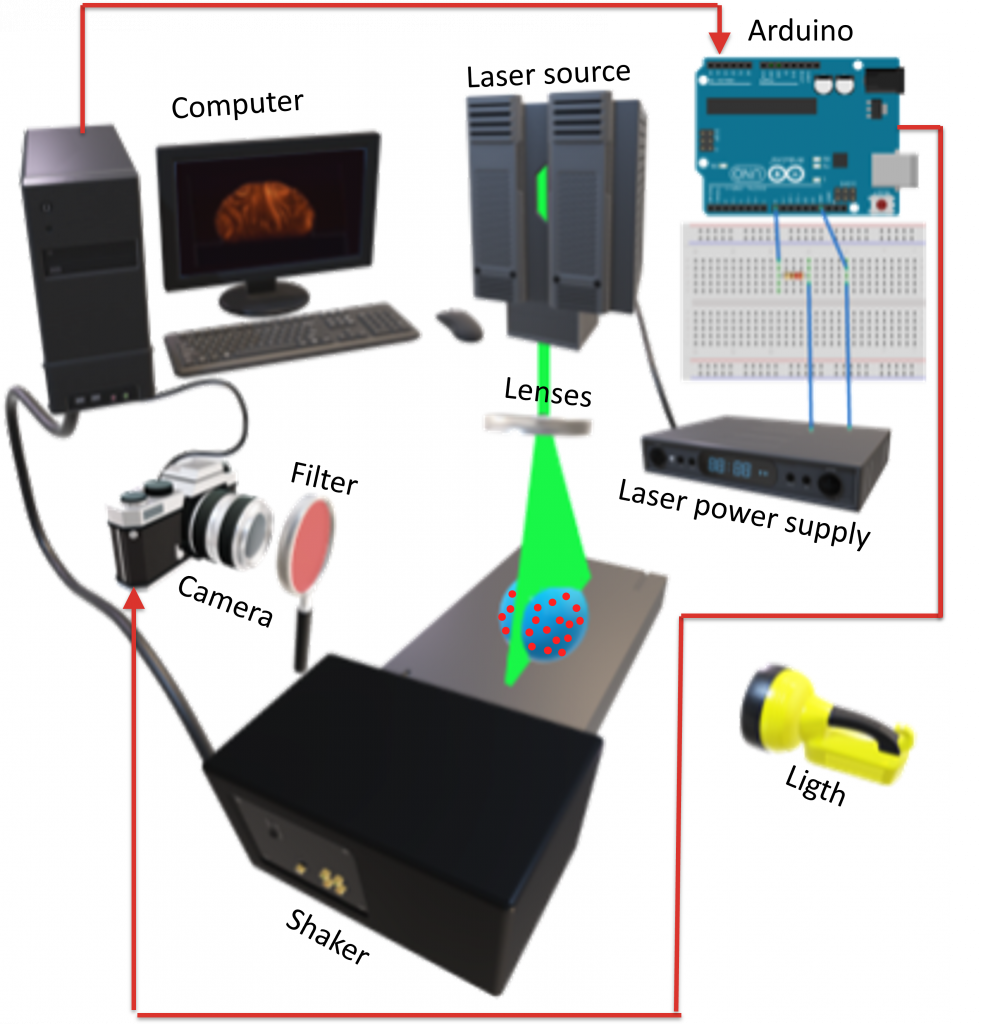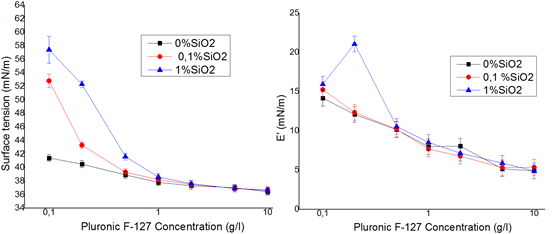We are glad to announce that the program of the nanoPaInt Final Meeting and Workshop, which will take place from March 31st to April 1st, 2025, in Darmstadt, Germany, is now online. Please visit the event page https://nanopaint-itn.eu/event/nanopaint-final-meeting-and-workshop to check the program.
The event is open to external registered participants. To register for the event, please visit the web page https://www.ttd.tu-darmstadt.de/nanopaint_workshop. When registering, please indicate if you intend to bring a poster to facilitate discussion of your research with leading experts and peers.








